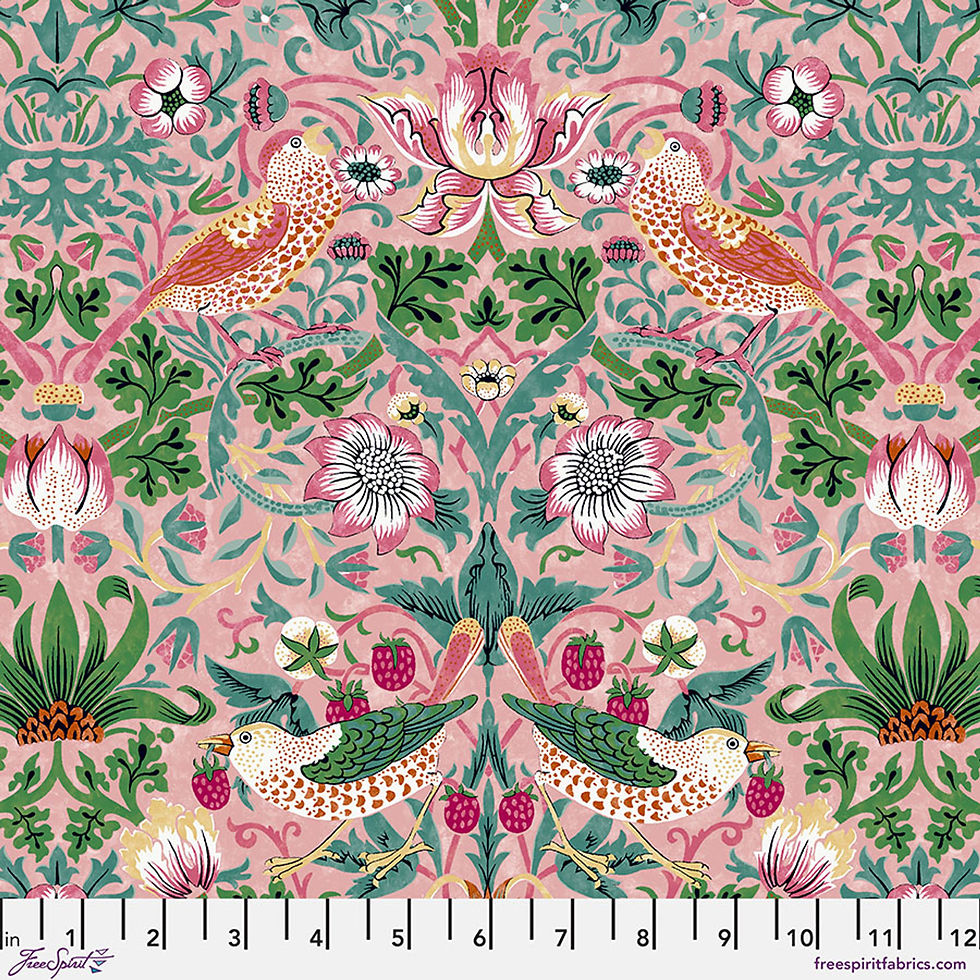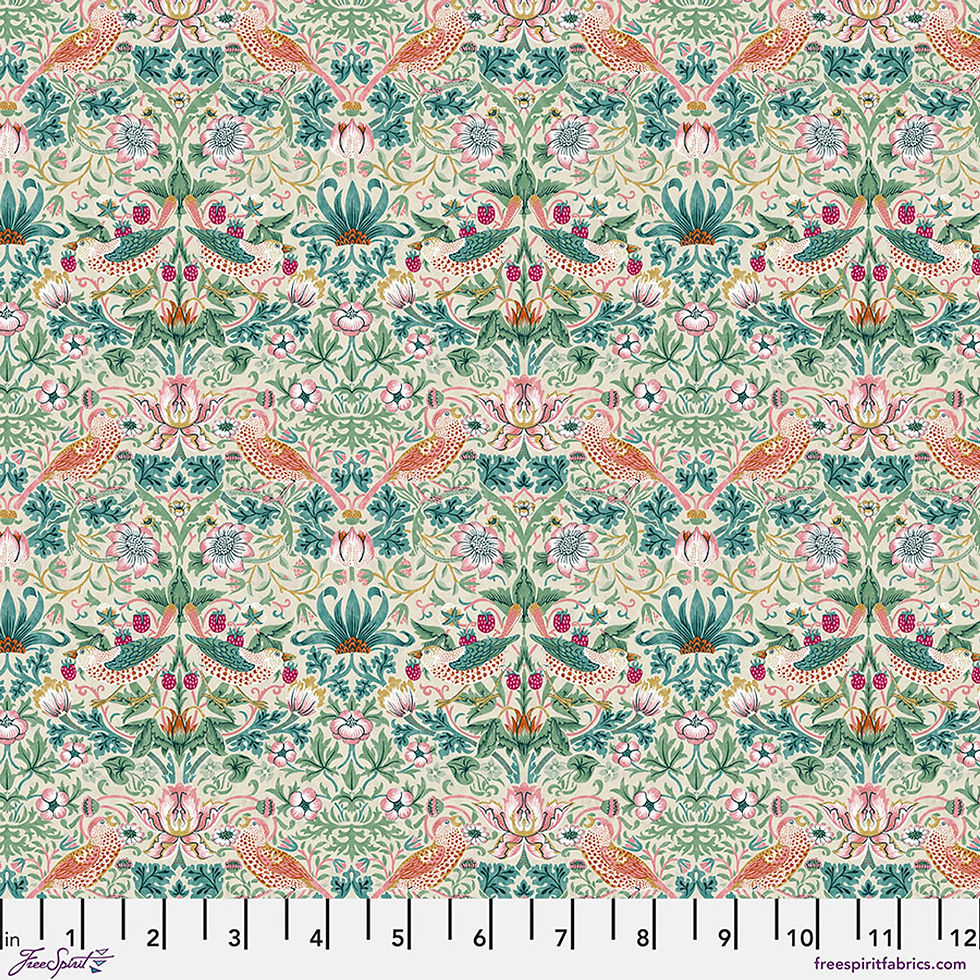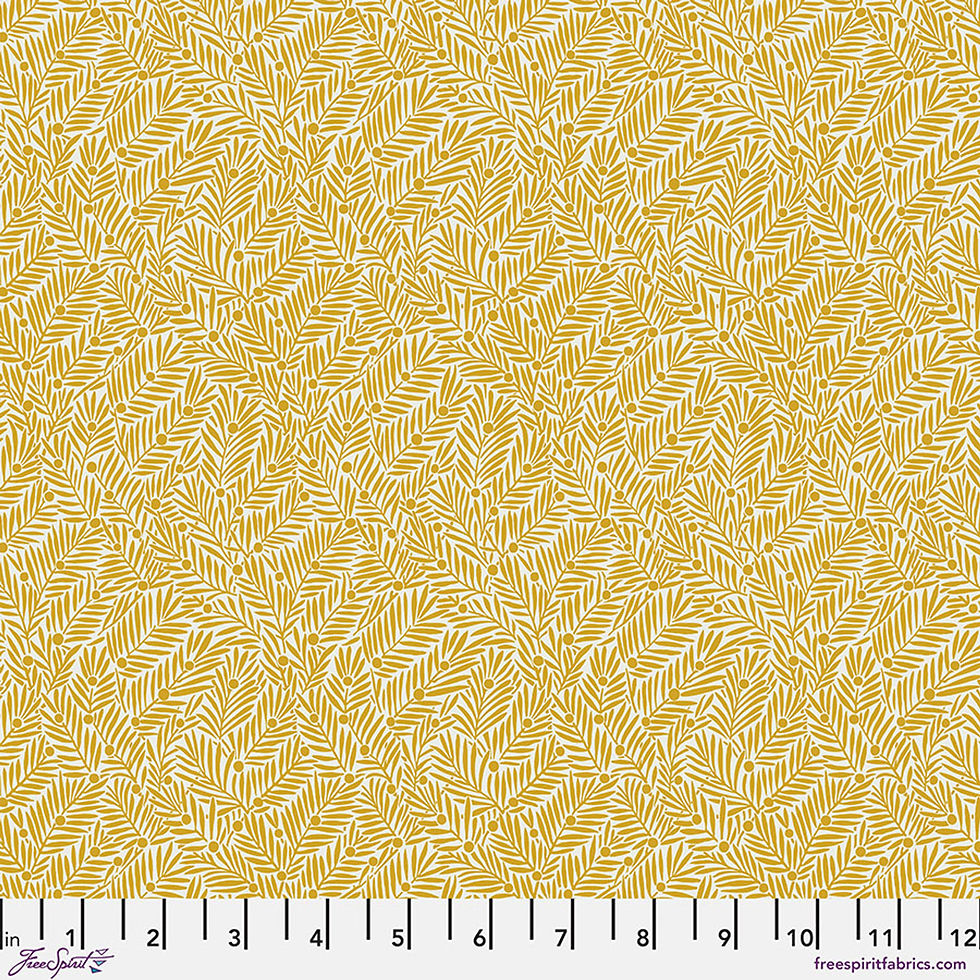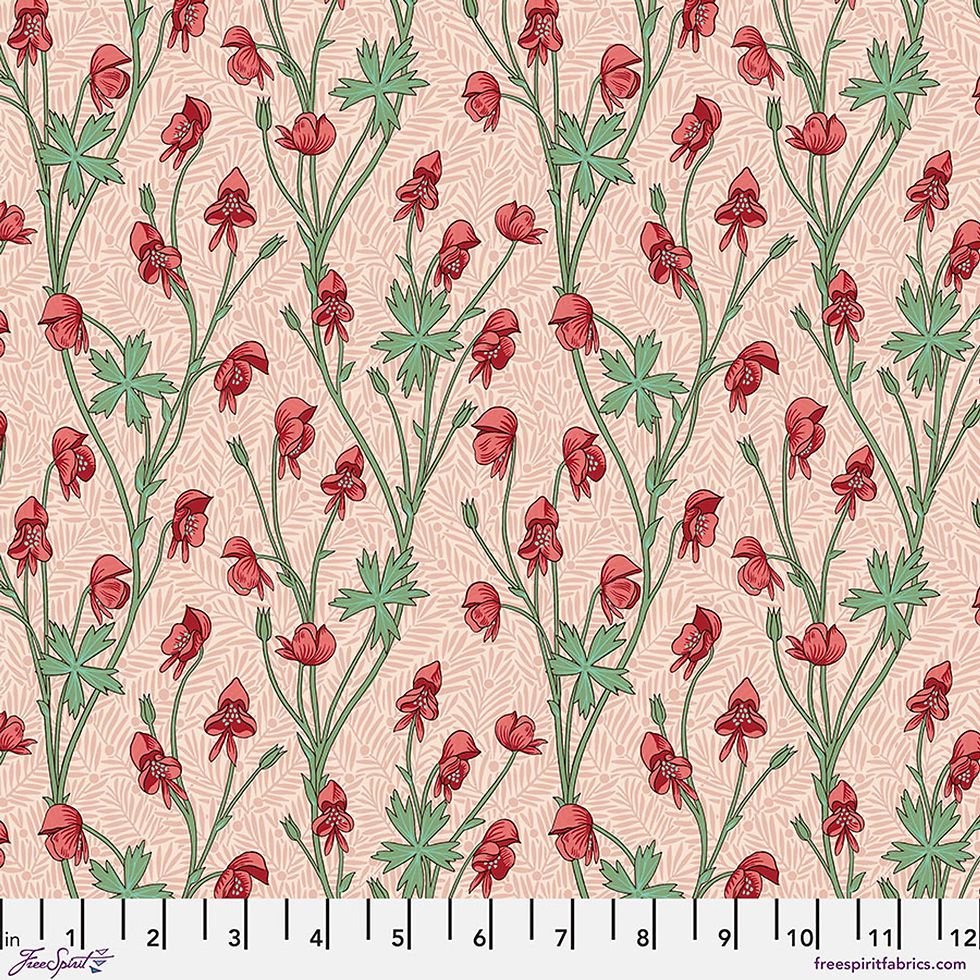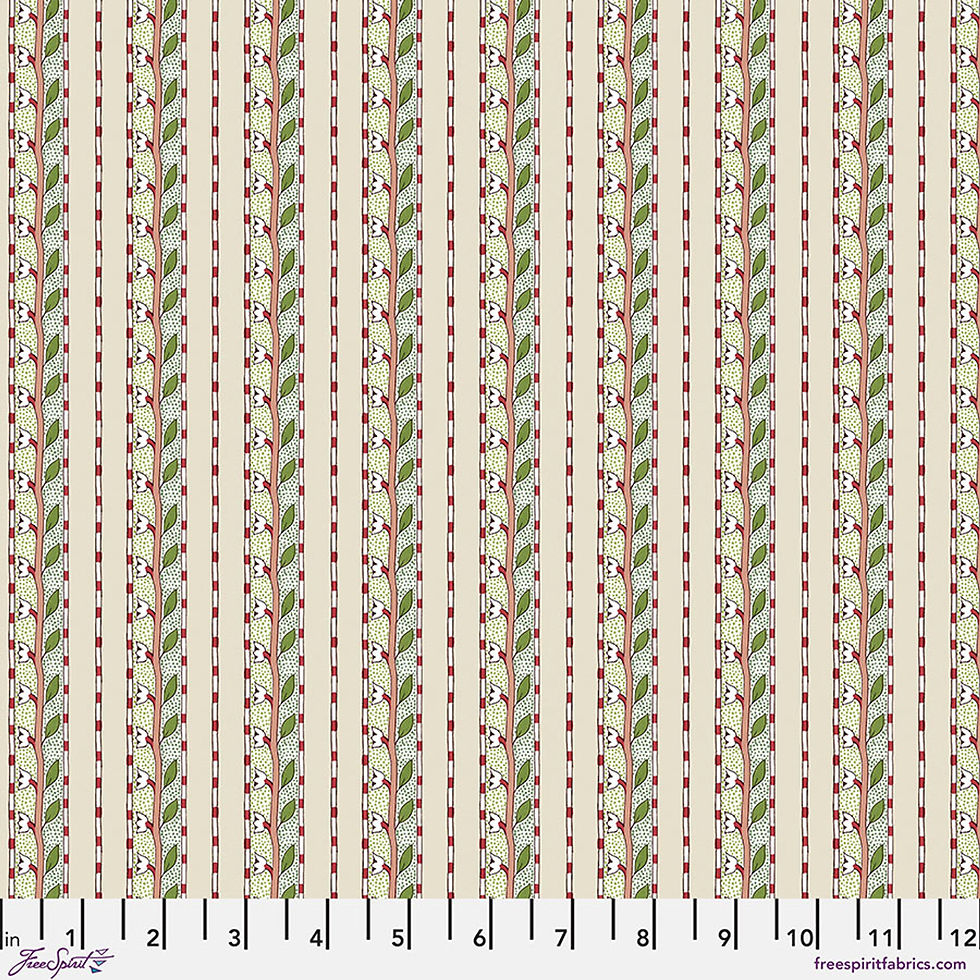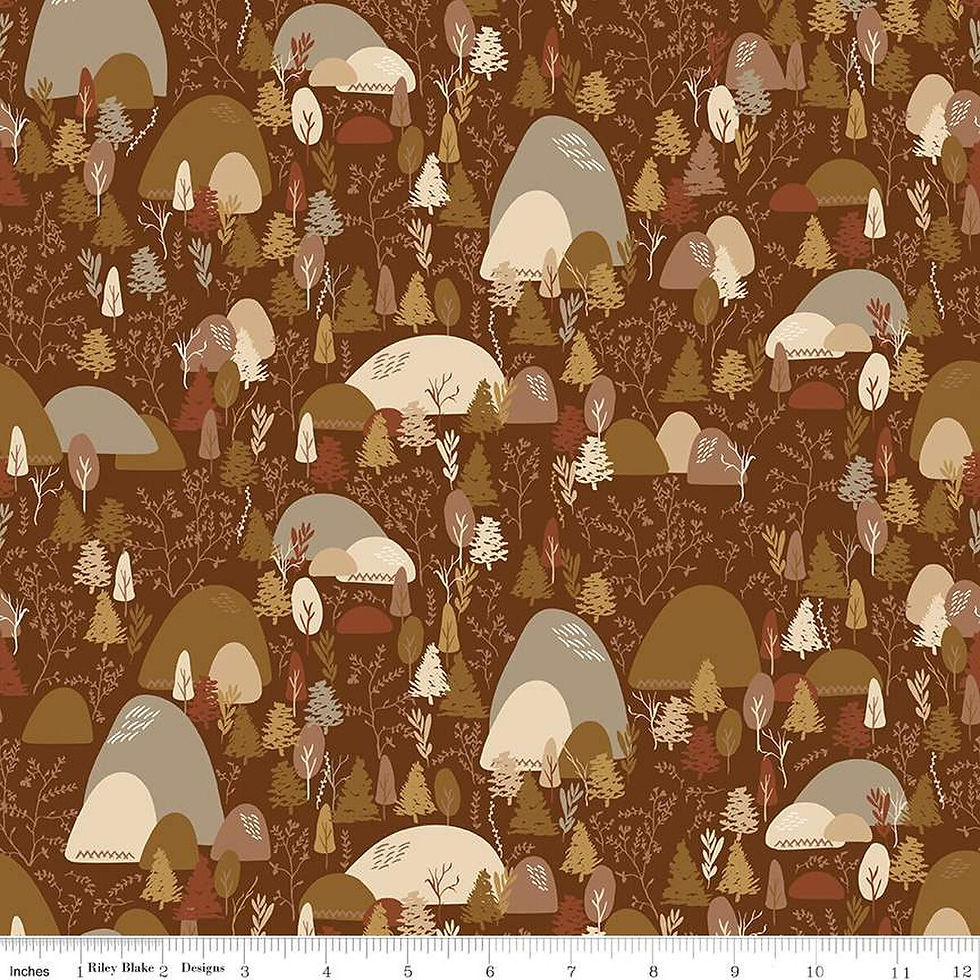This designer panel is by Hitomi Fujita for QH Textiles, one of many I stock (ideal for combining in a sashiko sampler quilt). These stunning original designs take hanafukin panels in a new direction, while staying traditional. Inspired by the patterns dyed on the linings of traditional firefighters' hanten jackets, the Japanese hiragana syllableて (te) in a circle indicates the name of one of the original 48 fire brigade groups in Edo (now Tokyo) and gives this design it's name te-gumi (te-group). The dynamic image in the foreground is the matoi (the decorated pole that used to be used to show the firefighters where to go) . Matoi are still seen today at the firebrigades' New Year parades. You can read more about how the old Edo fire brigades were organised here - each group had a different Japanese hiragana syllable as their name/symbol. A special design for those who are really interested in Japanese traditional culture. Please see my stitching suggestions below for ways to stitch this design to best advantage.
Hand printed in Japan.
Limited quantities!
It is a 'hana fukin' with literally means 'flower cloth' and printed on indigo blue coloured narrow width traditional sarashi cloth (an easy to stitch traditional Japanese cotton cloth). Each panel is supplied in one piece with a plain area the same size attached, because they are designed to be stitched through both layers and the edges turned in to make a little cloth, but you can stitch the printed layer separately (as I often do). They may be stitched with a doubled or single thread (or a mixture of both, for an interesting effect), in white or using coloured threads. Any of my medium sashiko threads would be ideal for these panels.
Stitching suggestions for the panel -Use different thread colours to emphasise different parts of the design. Different shades of white and cream could give a sense of movement to the matoi, which are usually black and white, with the poles in a reddish colour - you can get some more colour ideas from ukiyo-e prints here. Try red and white for the circle around て in white or cream. The background squares on point could be picked out in a darker red. Or stitch the whole panel in white or cream for a more traditional look, perhaps varying the thread thickness for extra interest.
These hand printed designer panels are more expensive than the other hanafukin I sell, but the patterns are so beautiful, I wanted to start selling them! I have more more designs by Hitomi Fujita in stock, including larger panels.
Sashiko Cloth by QH Textiles (Australia)
Printed with water-soluble ink - marks wash out
Composition : 100% Cotton
Individual Cloth Size : Approx. 30cm x 60cm (Finished size : 30cm x 30cm)
About Sarashi cotton -
Sarashi cloth is quite lightweight compared with other sashiko fabrics, but is very easy to stitch, super absorbent and wears well. It is one of the fabrics traditionally used for kimono underwear! The second photo shows a comparison between these panels and those by Olympus Thread Mfg. Co., which are most of the other hanafukin I sell. This QH Sarashi fabric is a slightly finer weave, although the stitch length is about 3mm (the same as my Olympus panels), and is the one in front in the photo. The fabric shown both plain and with 5mm dots is the Olympus fabric. The shade of blue is also very slightly different (it actually looks more extreme in the photo than in real life). For a quilt or other project using hanafukin panels, you could mix the two brands and the colour difference would be minimal. If however, you want an exact colour match with all the panels, please just use hanafukin designs from one brand.
KF2021-KK02 'te-gumi' fireman's jacket designer hanafukin sashiko sampler
Hanafukin cloths are traditionally stitched through two layers of fabric (the second layer is the plain section) but can be stitched just through one if you want to add wadding and quilt the panel after finishing the sashiko stitching. For 'quilt as you go', the plain section can be used as a backing. Black wadding is recommended, because it doesn't show or beard through the fabric.
To stitch through two layers, the cloth can be stitched all round and bagged out before stitching the sashiko; stitched across the short ends with right sides together, then the sashiko stitched, and finally the two selvedges turned in on each other and ladder stitched together; or the edges tucked in using a butted finished and stitched all round. Any of these can also be done after the sashiko is stitched, if you don't want the back of your stitching to be visible.





